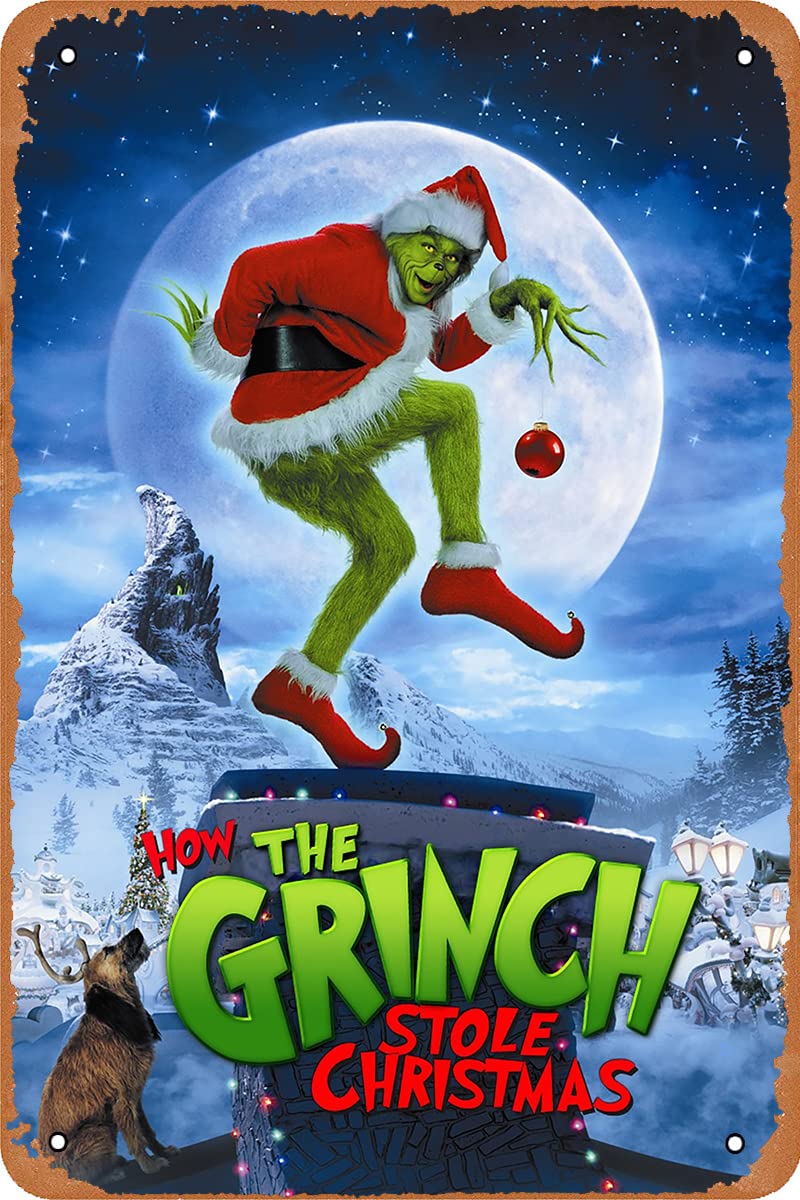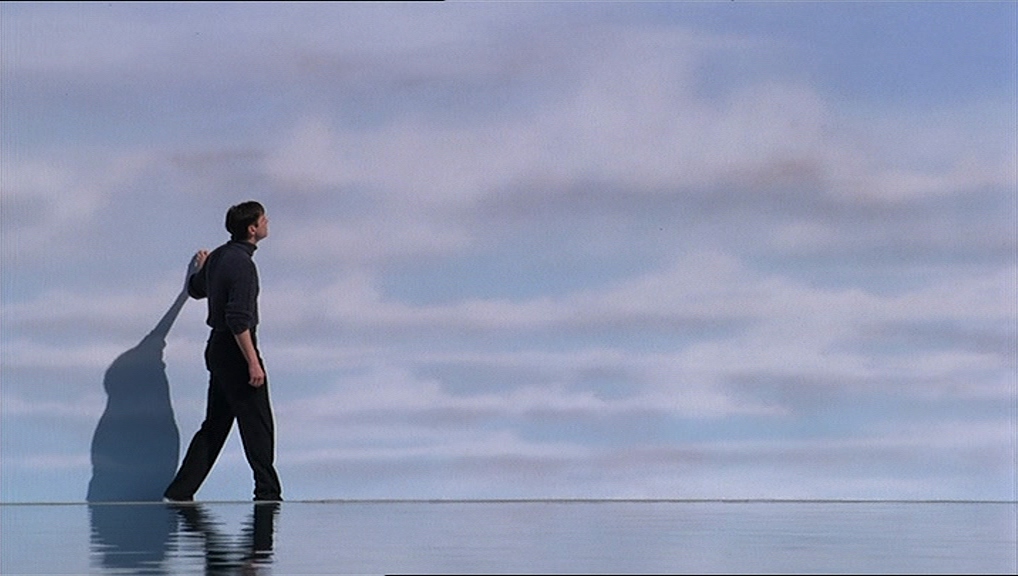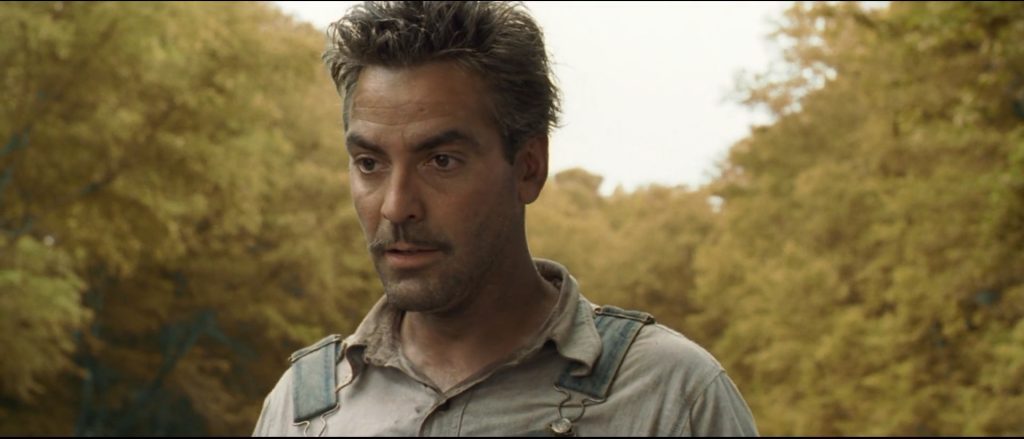
“How the Grinch Stole Christmas” (2000): A Gaudy, Glittering Adaptation of a Seussian Classic – Review

In the year 2000, Ron Howard decided to bring Dr. Seuss’s beloved Christmas tale, “How the Grinch Stole Christmas,” to the big screen, with Jim Carrey donning the green fur. While the film was met with commercial success, it stands as a polarizing adaptation, awash in a garish sea of Christmas kitsch that sometimes feels more like a nightmare before Christmas than a heartwarming holiday tale.
Narrative and Characterization: Carrey’s Green Christmas Conundrum
Carrey, known for his rubber-faced antics, takes on the role of the Grinch with a gusto that oscillates between entertainingly over-the-top and uncomfortably intense. His portrayal is a whirlwind of maniacal expressions and physical comedy, breathing life into the character in a way that only Carrey can. However, the film’s attempt to add depth to the Grinch’s backstory, including a traumatic childhood experience that led to his Christmas loathing, feels like a forced attempt to inject complexity into a character who’s traditionally been more of a Christmas curmudgeon than a tragic figure.
Whoville and Its Inhabitants: A Production Design Extravaganza
The set design and costumes in “How the Grinch Stole Christmas” are, in a word, extravagant. Whoville is reimagined as an overly ornate, almost psychedelic wonderland, bursting with colors, curving architecture, and an excess of Christmas decorations. While visually impressive, this maximalist approach strips away the quaint charm of Dr. Seuss’s original illustrations, replacing it with a loud, almost obnoxious aesthetic that could give viewers a candy cane-induced headache.
The makeup and costume design, led by Rick Baker, are feats of technical wizardry. The Whos, with their whimsical, twisted features, are a testament to the skill and creativity of the makeup team. However, there’s a certain unsettling quality to their appearances that seems to clash with the story’s whimsical nature.
Behind the Scenes: The Challenges of Bringing Seuss to Life
The production of “How the Grinch Stole Christmas” was no small feat. Jim Carrey reportedly underwent extensive and uncomfortable makeup sessions to transform into the Grinch, a process that was so arduous it required coaching from a CIA operative who taught him how to endure torture. The set was built on the backlot of Universal Studios and required a level of detail and craftsmanship that pushed the boundaries of set design.
Sound and Fury: The Score and Soundtrack
The film’s score, composed by James Horner, is a whimsical accompaniment to the on-screen shenanigans, albeit one that often gets lost in the visual cacophony. The soundtrack, however, featuring a reimagined version of “You’re a Mean One, Mr. Grinch” and Faith Hill’s “Where Are You Christmas,” captures the film’s blend of modern sensibilities with the story’s classic roots.
Themes: Consumerism and the Christmas Spirit
At its heart, “How the Grinch Stole Christmas” is a critique of the commercialization of Christmas, a theme that is somewhat ironically lost in the film’s own commercial spectacle. While the movie attempts to convey a message about the true meaning of Christmas, this sentiment often feels drowned out by the film’s loud aesthetic and over-the-top performances.
Cultural Impact: A New Christmas Tradition?
Since its release, “How the Grinch Stole Christmas” has found a place in the holiday movie rotation, beloved by some for its bombastic take on the classic story and critiqued by others for its departure from the simplicity of Seuss’s tale. It stands as a testament to the challenges of adapting a beloved children’s book into a feature-length film.
Final Thoughts
In summary, “How the Grinch Stole Christmas” is a film that embodies the excesses of early 2000s cinema, for better or worse. It’s a visually stunning, if sometimes overwhelming, spectacle that offers a unique take on a classic story. While it may not capture the understated charm of Dr. Seuss’s original, it certainly leaves an impression, like a brightly wrapped present that’s a bit too garish for the tree.



